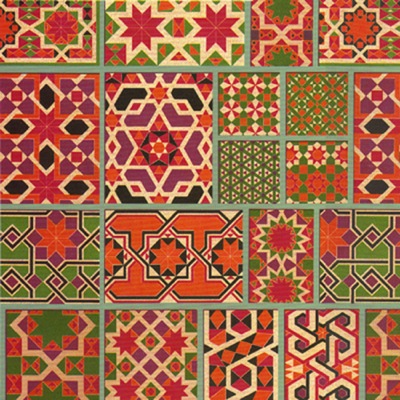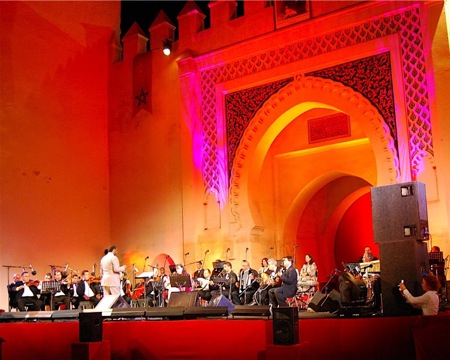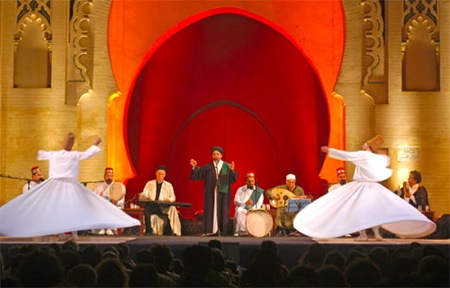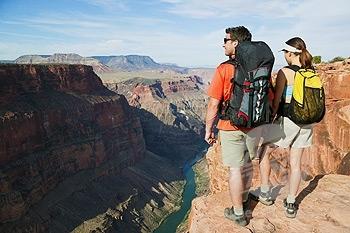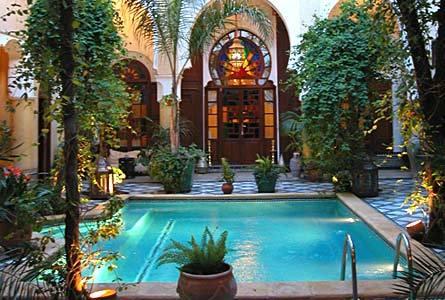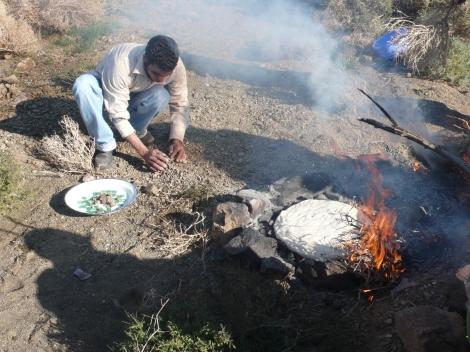Authentic Morocco Tours With Travel Exploration Morocco, Testimonials and Trip Advice, Your Morocco Travel Guide
When considering a vacation or holiday to Morocco choosing an Authentic Morocco Tour company such as Travel Exploration Morocco that offers Testimonials and Trip Advice is an important way to begin planning a Morocco travel journey. When choosing a Morocco Travel Agency some of the most important things to consider are:
1. Reputation of the Morocco travel agency you choose.
2. The Morocco Travel Director’s experience and ability to offer you travel advice.
3. Authentic Morocco Tour Testimonials written by those who have traveled to Morocco with the agency you choose.
4. The rate of response to your Morocco travel requests by the Morocco Travel Agency.
5. Flexible and varied Morocco Tour itineraries and Morocco Travel activities that meet your holiday needs.
6. A varied offering of quality 3, 4 and 5 Star Morocco accommodations such as Marrakech Riads, Fes Riads, Ouarzazate Riads or Morocco Hotels that fit your budget.

